What ocean borders the Eastern United States?
The Atlantic Ocean
True or False: A region can be classified according to its climate, physical characteristics, or human characteristics (language, religion, ethnicity, etc.)
True
Human characteristics of a region include factors like language, religion, political systems, economic systems, population distribution, cultural practices, ethnic makeup, food traditions, clothing styles, and the built environment (like houses and infrastructure), essentially defining the human aspects of a particular area that distinguish it from others.
What are the two axis that make up the grid coordinates that circumnavigate the Earth?
(What are the imaginary lines that we use to pinpoint a specific location called?)
Latitude and Longitude
True or False: Longitude is always given before Latitude.
False
Where is this landmark?
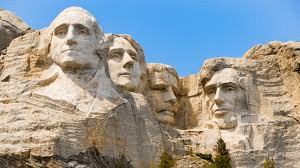
Mount Rushmore, South Dakota, United States
Where is Santa's Workshop allegedly located?
The North Pole
What is the term for a land mass that is surrounded on all sides by water?
An island
On which continent is the United States?
North America
True or False: A country can have multiple regions, but a region cannot encompass multiple countries.
False.
Geographic regions are areas of land that are defined by their physical characteristics, climate, or location. They can also be defined by language, religion, or government.
Through what city does the Prime Meridian pass?
Greenwich, UK
My house is the blue house to the left of the green house and across the street from the park.
This is an example of what?
Relative Location
In what country is this landmark?
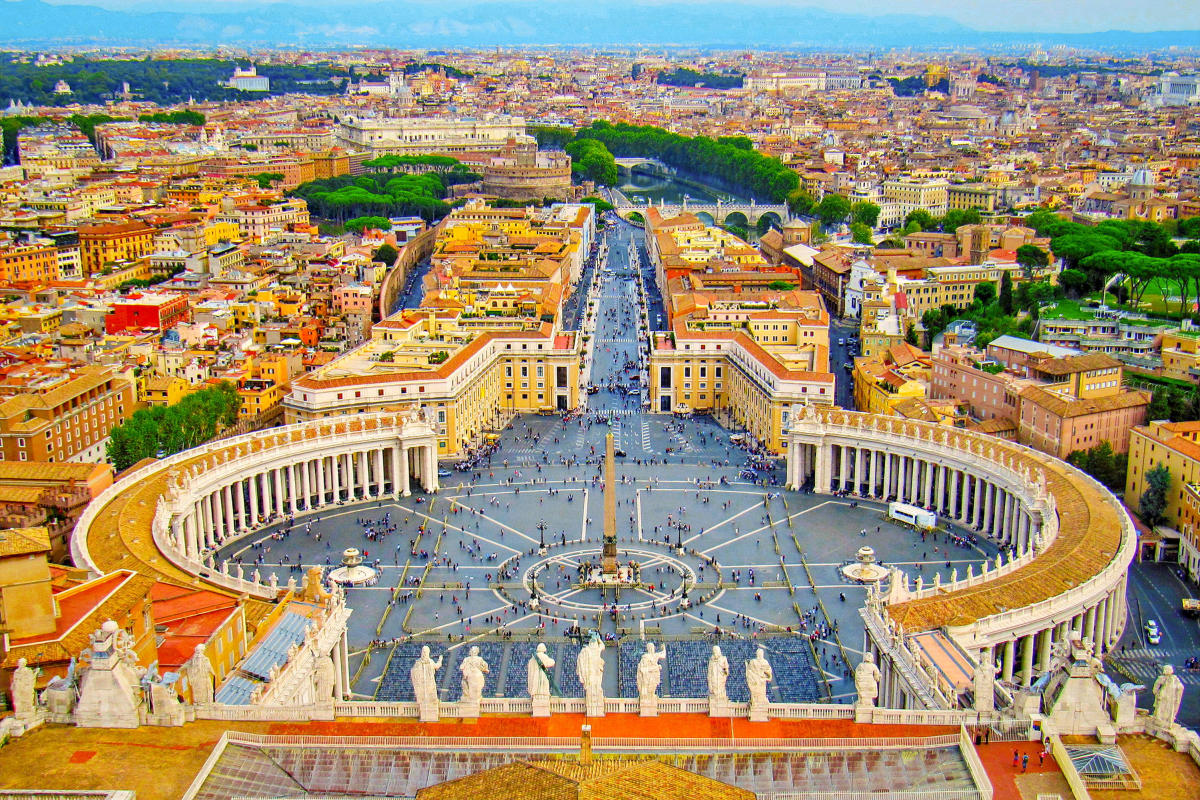
Vatican City
Which is the only continent that is not permanently inhabited by humans?
Antarctica
A large elevated land mass featuring a summit that is often snow-capped is known as what?
A mountain
Which continent is the greatest by human population?
Asia
In which US region is the State of Illinois?
The Midwest
The line that traverses the Earth at 0 degrees North is called what?
The Equator
Which of these would not be a physical characteristic of a region?
a) Desert
b) Religion
c) Climate
d) Mountains
e) Forest
Religion.
This would be a human characteristic.
In what country is this building?
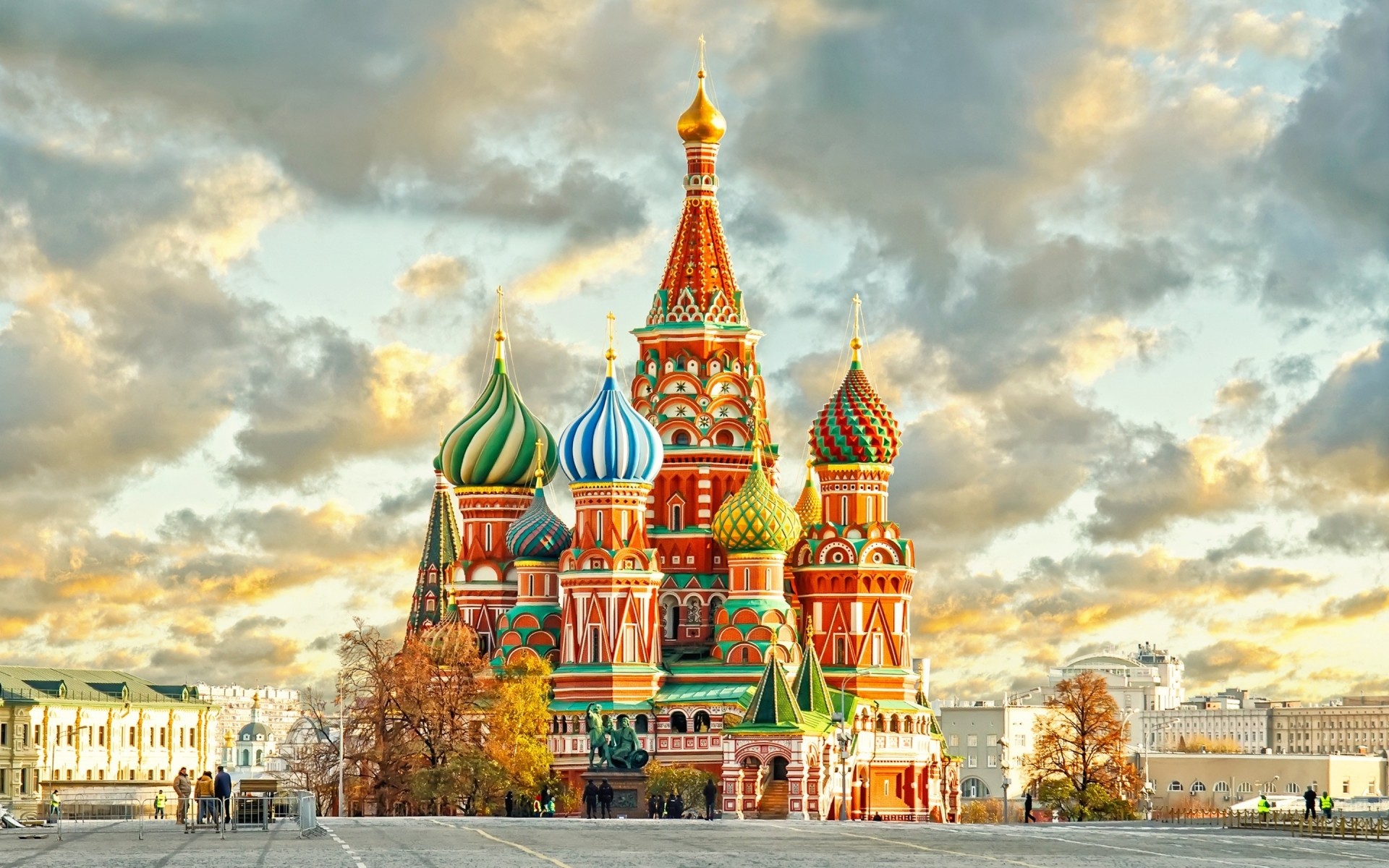
The Kremlin, Moscow, Russia
On what continent is the nation of Brazil?
South America
What is the term for a land mass that is surrounded on three sides by water?
A peninsula
Name the seven continents.
Africa
Antarctica
Asia
Australia
Europe
North America
South America
What are the four cardinal directions?
North, East, South, West
What are the two end points of the Prime Meridian (or any meridian line)?
The North and South Pole
Explain the difference between absolute and relative location.
Absolute location provides a specific location using latitudinal and longitudinal coordinates. Relative location provides the location of a fixed point relative to another point.
Where is this landmark?

Mount Fuji, Japan
Name the five oceans.
Arctic
Atlantic
Indian
Pacific
Southern
What is the term for a set of weather conditions prevailing in a given area over a prolonged period of time?
Climate
What ocean is located exclusively in the Southern Hemisphere?
Southern Ocean
Name four regions of the United States.
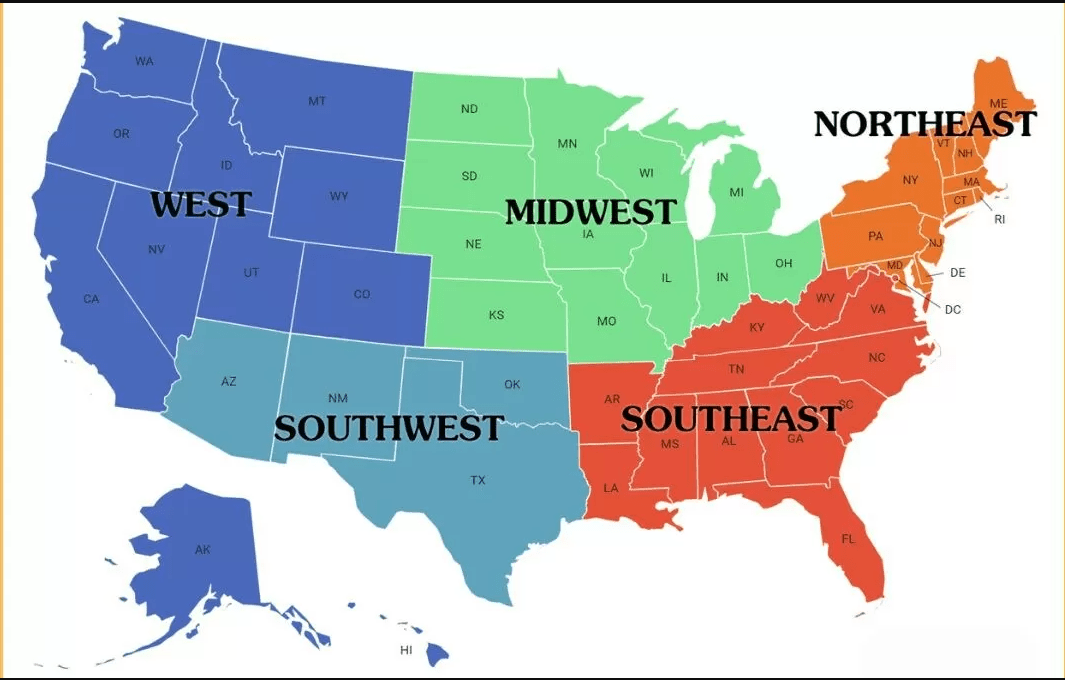
Through which two oceans does the Prime Meridian pass?
Atlantic and Southern
Provide directions using the cardinal directions (North, South, East, West) to get out of the maze.
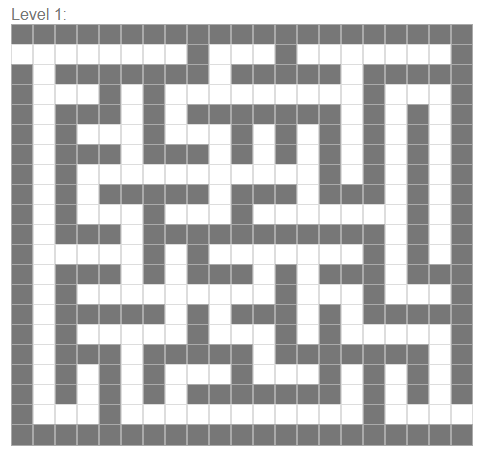
2 East
10 South
4 East
2 South
6 East
2 North
2 East
2 South
2 East
2 South
4 East
4 South
2 East
Where is this?

Petra, Jordan
Name three US states and their capitals.
[Answers will vary.]
What is the difference between a lake and an ocean?
A lake is a freshwater body of water surrounded by land. Oceans are large bodies of saltwater that surround continents.